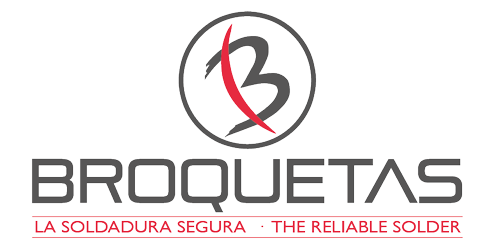GET TO KNOW ELECTRONIC HAND SOLDERING
Sonia2024-05-02T19:39:26+02:00
Among all the methods, manual or contact soldering is the technique with the longest history and, from a technical point of view, the best established. Recently it was carried out by hand by soldering operators, but in recent years robots have rapidly advanced their automation and streamlining.
A look back at the history of hand soldering
Soldering itself has about 6000 years of history and hand or tip welding was already in use as early as 1860. Back then, metals and wires were used to connect electronic components in wooden bases or insulating materials. Burning tip welding was the main technique at the time. It was replaced by electric tips in the 1920s, around the same time that broadcasting began. In 1925, the method of creating electrical traces on an insulating surface using conductive ink was patented. Soldering tips used today with temperature control function came into use in the 1960s, at the same time as printed PCBs and transistors were invented. At that time, key technologies such as plated through–holes and surface mounting of printed circuit boards were developed. It was at that time that people realized the vulnerability of transistors to heat and the importance of temperature control in soldering.
Tin, the main ingredient in soldering
This metal shows a strong tendency to dissolve other metals when it comes into contact with them. Lead–free solder with a high proportion of tin tends to dissolve other metals, or when a PCB gets wet in the soft wave soldering process, the substrate metal and copper melt and flow into the solder.
The Joining Process of hand soldering
This begins when tin wire with several flux cores incorporated is used to remove the oxide layer from the substrate. The bond is then formed by “wetting“, “melting“, and “diffusion“ on the contact surface between the tin, copper of the PCB and the terminal of the component. This layer is usually between 3 and 9 μm thick and is formed when some of the tin dissolves in the metal when heat is applied. The molten solder expands onto the metal surface from which the oxide film was removed, and the metal substrate melts into the solder material. However, the operator must work with great care to prevent the phenomena of metal reactions that could impair the quality of the weld. An incorrect temperature during the process of attaching a component to a PCB can lead to thickening of the intermetallic alloy that can weaken the bond and make it brittle.
Hand soldering is the best option.
The biggest advantage of manual or tip soldering is that it can provide the highest quality. The quality of the weld is determined by two factors: the strength and reliability of the joint. Throughout the process, new, authentic solder is brought to the tip of the soldering iron.
Advantage
With hand soldering, the electronic component is subjected to heating for a short period of time, usually for 2 seconds. Electronic components can be joined together without reducing their performance due to their low heat transmission. The point of contact is 1mm–5mm compared to reflow soldering which adds heat to all parts of the assembly. In short, with manual welding the amount of heat transferred is very small and there is no heat impact. It is ideal for final touch–ups in other soldering processes and in assembly in consumer electronic devices such as mobile phones, tablets, laptops and small gadgets. These components provide the basis for the interconnection of the various electronic elements present in such devices, ensuring the accuracy and reliability of these instruments.



